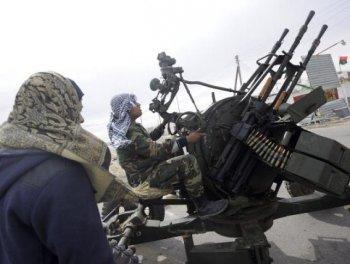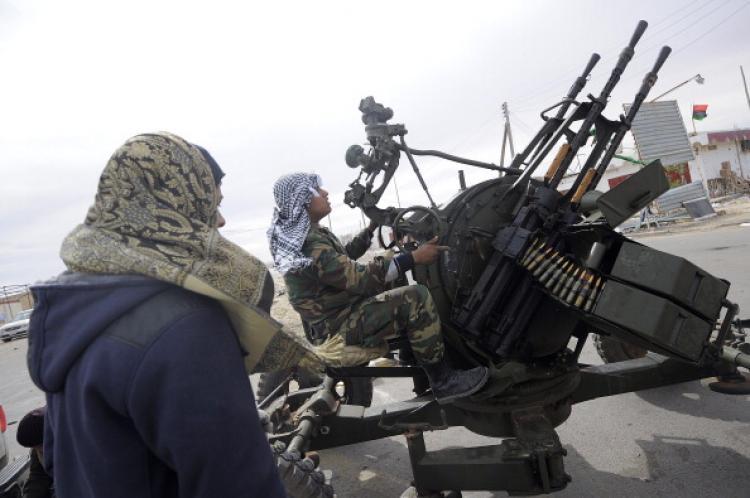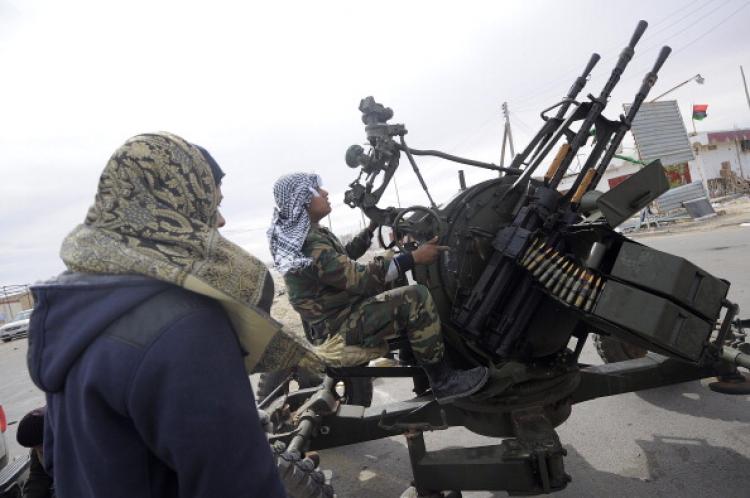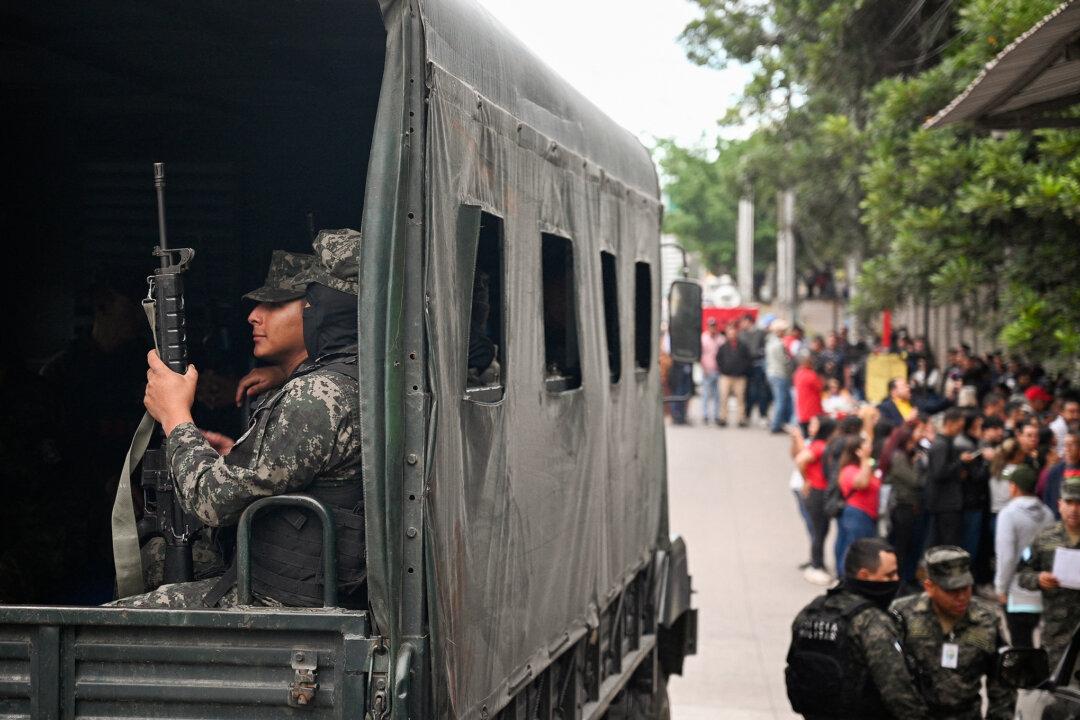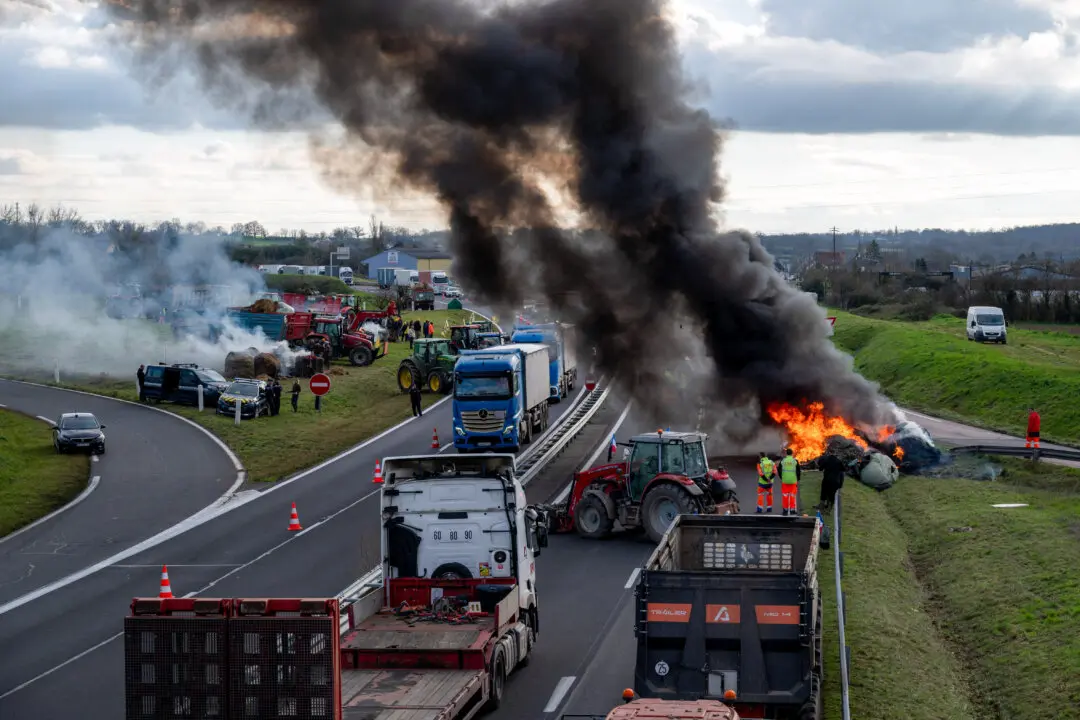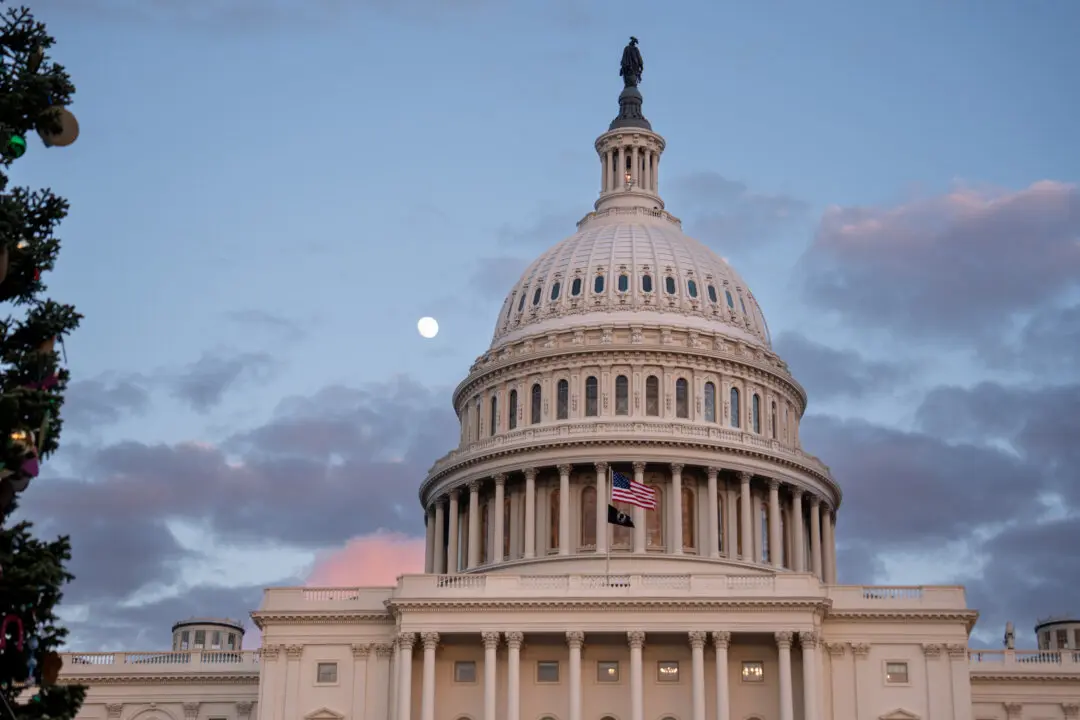Regimes of Algeria, Saudi Arabia, Bahrain, and Libya use well-equipped security forces in order to suppress the opposition in their countries. These forces are equipped with weapons that were once or recently provided by countries like France, Russia, and the United States.
On Monday, the Stockholm International Peace Research Institute (SIPRI) published its 2011 yearbook with new data on international arms transfers. The United States remains the largest provider of arms in the world, with 30 percent of the total arms trade and serving as the largest provider of arms to 75 different countries in the period between 2006 and 2010. The Middle East received 28 percent of these weapons.
From the restless countries in the Arab region, Algeria was the largest importer of weapons. SIPRI’s database reveals exactly who bought what from whom over the last 60 years. This database tells us that Algeria bought 25 MiG fighter planes, 25 Su-24 Bombers, 28 Su-30 aircraft and ordered 16 more Su-30s—and these are only the aircraft from Russia during the last 10 years. In total, 13 countries sent to Algeria 57 different items, including helicopters, submarines, tanks, missiles, and air search radar.
Sophisticated weaponry sometimes is accompanied by additional commitments. Saudi Arabia bought many advanced systems, like long-range precision targeting systems in planes, air defense systems, and Apache and Blackhawk helicopters. From the United Kingdom, it has received the first 16 of 72 Eurofighter Typhoon airplanes. According to Pieter Wezeman of SIPRI in Saudi Arabia, a lot of personnel working with these systems are foreigners.
On Monday, the Stockholm International Peace Research Institute (SIPRI) published its 2011 yearbook with new data on international arms transfers. The United States remains the largest provider of arms in the world, with 30 percent of the total arms trade and serving as the largest provider of arms to 75 different countries in the period between 2006 and 2010. The Middle East received 28 percent of these weapons.
From the restless countries in the Arab region, Algeria was the largest importer of weapons. SIPRI’s database reveals exactly who bought what from whom over the last 60 years. This database tells us that Algeria bought 25 MiG fighter planes, 25 Su-24 Bombers, 28 Su-30 aircraft and ordered 16 more Su-30s—and these are only the aircraft from Russia during the last 10 years. In total, 13 countries sent to Algeria 57 different items, including helicopters, submarines, tanks, missiles, and air search radar.
Sophisticated weaponry sometimes is accompanied by additional commitments. Saudi Arabia bought many advanced systems, like long-range precision targeting systems in planes, air defense systems, and Apache and Blackhawk helicopters. From the United Kingdom, it has received the first 16 of 72 Eurofighter Typhoon airplanes. According to Pieter Wezeman of SIPRI in Saudi Arabia, a lot of personnel working with these systems are foreigners.
